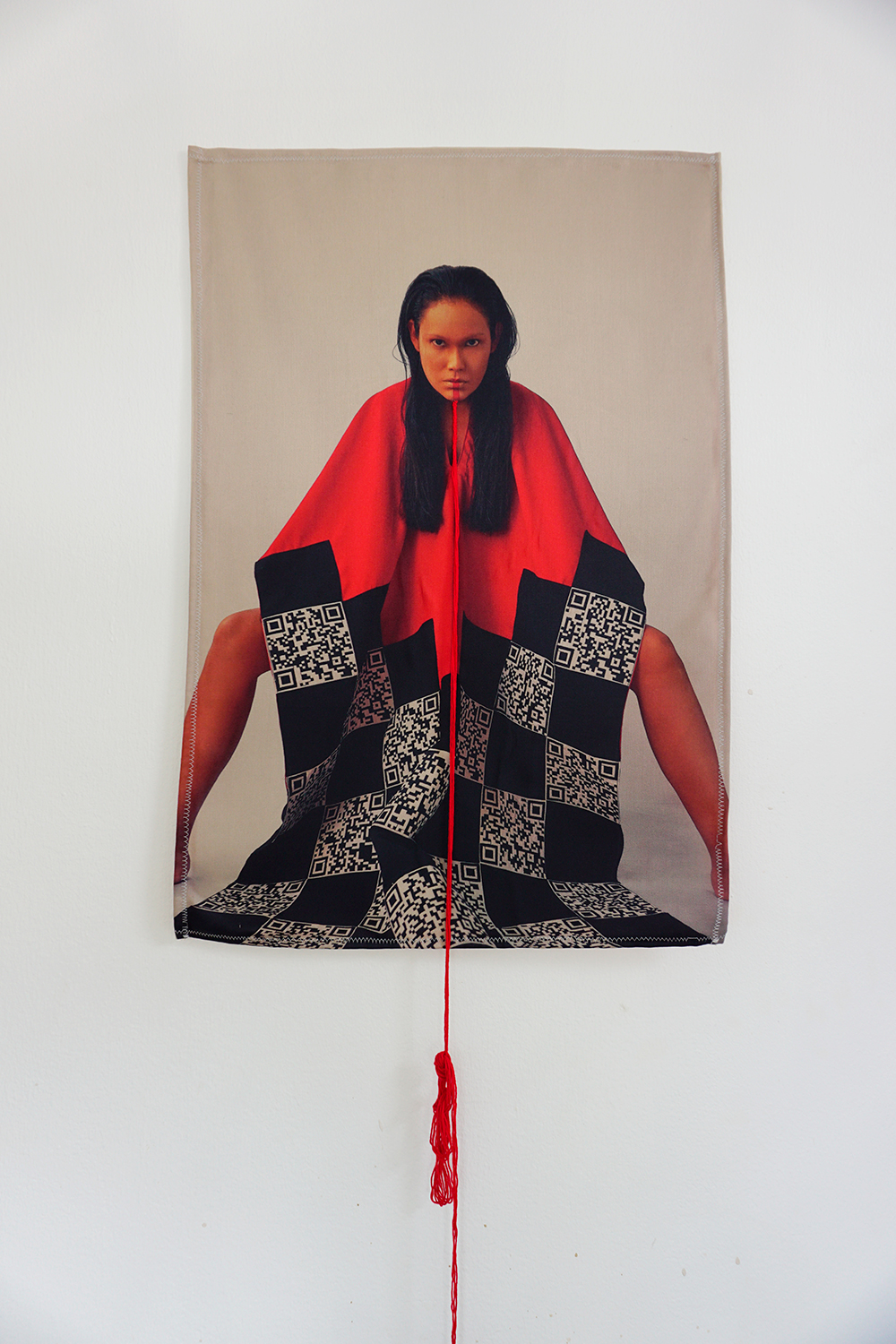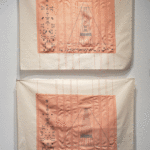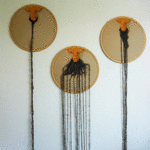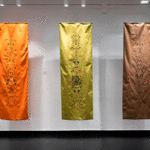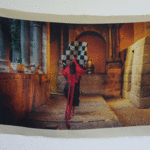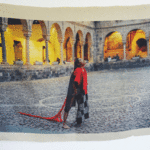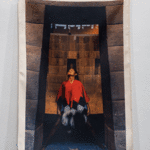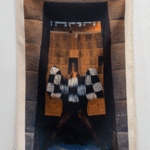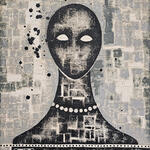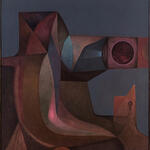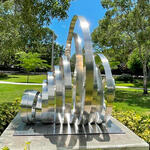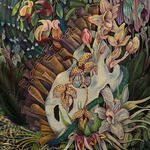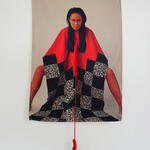I was born in the city of Lima, but I come from a Quechua - speaking family in the Andean region of Peru (Apurímac), where the textile tradition has been and continues to be a
family heritage. That's why I seek a constant dialogue with my roots through my artistic practice, which I develop with the support of my mother. I approach my textiles from
different perspectives: manual, mechanical, and digital production. I engage with my textiles from different perspectives and through dis
tinct modes of production: manual craftsmanship, mechanical processes, and digital techniques.
The artistic process, in which I include my mother, speaks of unity, collectivity, and interconnection, as well as an ancestral tradition whose patterns are insc
ribed in materiality as signs of communication that transform over time. Using textile materiality demonstrates how I understand and share communication through a multi or interlanguage.
I am also interested in researching communication tools used in Andean culture, such asquipus, tocapus, and the Quechua language, placing significant emphasis on the
production of pre-Hispanic textiles understood as containers of iconography that was part of the visual discourse in the Andean world. My projects are a const ant quest to redefine pre-Hispanic symbols, contrasting them with the present and projecting them into the future.
My exploratory work aims to develop and create new "textile codes" that link two technologies generated in different eras and societies. With this, I seek to highlight the materiality of language that operates as a result of the development of new technologies but can find an interesting relationship with the past.
